ABOUT CAP AND TRADE:
- The state ‘caps’ total CO2 emissions and issues that number of emission permits annually.
- The number declines from year to year until a safe level of emissions is reached.
- Companies must acquire permits in order to emit CO2 or bring carbon into the state. Companies can buy and sell permits.
CAP AND TRADE CAN HAVE THE FOLLOWING ADVANTAGES:
- Predictable carbon emissions
- Fewer political obstacles than a tax
- Revenue can be returned via rebates and/or used for public goods
- Revenue rises as emissions decline
DISADVANTAGES OF CAP AND TRADE:
- Total emissions are capped, but the dollar price is unknown and dependent on many market variables.
- Depending on the scope, method of allocation, and other design elements, too many permits may be issued, and other market imperfections may arise.
A CAUTIONARY TALE:
Many proponents of a cap and trade system point to the EPA’s Acid Rain program (SO2) which used cap and trade. The South Coast Air District used a similar model for their RECLAIM program, and later in 2005, the European Emissions Trading System (ETS) followed the same design principles. Unfortunately, there are flaws in the all three systems. The SO2 market acheived reductions, but not necessarily faster or cheaper than a regulatory system would have achieved it. RECLAIM inflated baselines and, allowed too many imported credits and exemptions to the cap.(1) And the ETS’s over-allocation of permits to selected companies led to windfall profits for those companies, and few emission reductions. All three systems used a free (grandfathered) allocation.(2)
IMPORTANT QUESTIONS ABOUT CAP AND TRADE:
How are emission rights (permits) allocated? Are the permits grandfathered or auctioned? What entities are covered (upstream or downstream)? Will there be a “safety valve” on price? What is done with the auction revenue?
ABOUT A CARBON TAX:
Many economists believe a tax on CO2 is the most efficient market approach to climate change.
A CARBON TAX HAS THE FOLLOWING ADVANTAGES:
- Predictable carbon prices
- Easier to understand
- Revenue can be returned via tax cuts and/or used for public goods
DISADVANTAGES OF A CARBON TAX:
- Most politicians hesitate to advocate for a tax: the Clinton administration failed to implement an energy tax, and it is seen as politically risky
- Carbon tax: there is no limit on the amount of carbon that can be emitted. The dollar price is known, but the quantity of emissions may not reach the desired, or scientifically imperative, target.
- Distrust of Federal Spending priorities: based on how Congress has used new revenue sources in the past, CO2 tax revenues may end up being wasted in special interest spending, or priorities that are only peripheral to climate or sustainability (corn-based ethanol, nuclear., etc).
A CAUTIONARY TALE:
Congressman Pete Stark recently introduced a carbon tax bill in Congress which would impose a tax of $10/ton on carbon content of fuels, beginning in 2008, and increase the tax by $10/ton each year until US carbon emissions are reduced by 80%. Sounds good, right? But, $10/ton is equivalent to about 3 cents per gallon of gas. So the first year, gas prices would rise by 3 cents; over the first decade, by 30 cents; over 20 years, by 60 cents. That is less than the probable rate of inflation, and will not depress consumption at all. If this is the most ‘radical’ carbon tax possible, then a carbon tax is no silver bullet, and we will need other solutions.
IMPORTANT QUESTIONS ABOUT A CARBON TAX:
How will the tax be increased, and are politicians willing to increase a tax enough if emissions do not decrease? Will the carbon tax be part of a larger “tax shift” where regressive income taxes are lowered? What is done with the tax revenue ?
- http://www.healthandcleanair.org/emissions/index.html
- http://www.carbonshare.org/docs/Bibliography-links2.doc




